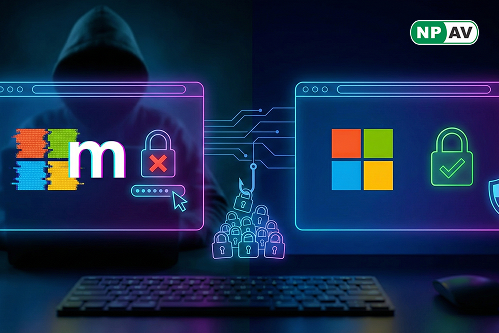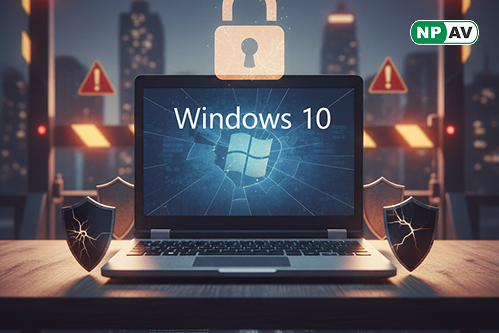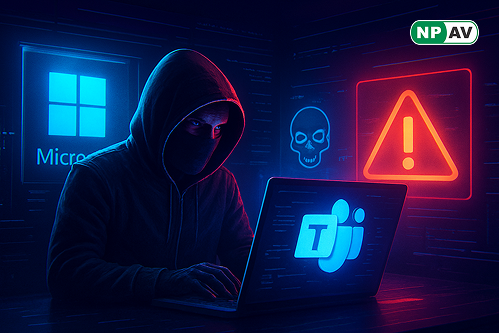fp-4a
-
Read moreDiscover how hackers use 'rn' instead of 'm' in fake Microsoft domains to steal logins via phishing. Learn common typosquatting tricks and how to stay safe online.
-
Read moreCVE-2025-23358 in NVIDIA App allows code execution—learn about the risk, affected versions, and urgent patching steps.
-
Read moreFIN7 uses SSH backdoor for remote access—learn about the tactics, persistence, and defenses to protect against this advanced threat.
-
Read moreWindows 11 adds Quick Memory Scan after BSOD—learn how it detects issues, runs on reboot, and boosts system stability for smoother computing.
-
Read moreWith Windows 10 support ending October 14, 2025, users face malware and breach risks—upgrade to Windows 11 or get ESU for patches. Learn quick steps to back up data, use antivirus, and avoid cyber threats post-support.
-
Posted: October 08, 2025Views: 22Read moreMicrosoft alerts on cybercriminals and state actors abusing Teams' messaging, calls, and sharing for full attack lifecycle—from reconnaissance with TeamsEnum to exfiltration via GraphRunner and extortion by Octo Tempest. Harden identities, monitor anomalies, and train users to mitigate.
-
Read moreCISA flags CVE-2021-43226 in Windows CLFS Driver for active exploitation, enabling local attackers to gain SYSTEM privileges via buffer overflows. Impacts Win10/11 & Servers 2016-2022; federal deadline Oct 27—apply updates, monitor Event IDs 4656/4658, and scan for vulnerabilities now.
-
Read moreCisco's CVE-2025-20352 stack overflow in IOS/IOS XE SNMP allows remote RCE or DoS via crafted packets; actively exploited in wild after credential compromise. Affects Meraki MS390, Catalyst 9300; patch now, mitigate with SNMP views—restrict access to trusted sources.
-
Read moreMicrosoft’s September 2025 Patch Tuesday addresses 81 security flaws, including two publicly disclosed zero-day vulnerabilities in SMB Server and Microsoft SQL Server. Learn about critical updates and other vendor patches.















